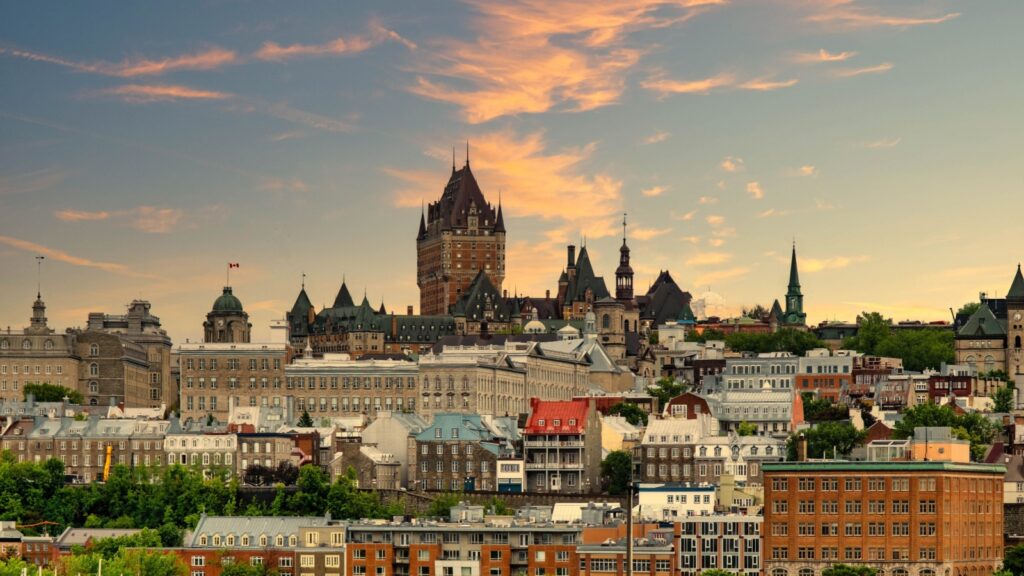Canada’s diverse landscapes and layered cultural roots have created towns that feel remarkably European in architecture, atmosphere, cuisine, and walkability. From coastal villages shaped by French settlement to mountain towns resembling alpine retreats, these communities offer a distinctly international experience without crossing the Atlantic. Here are 22 Canadian towns that feel like Europe, without leaving the country.
Québec City, Québec
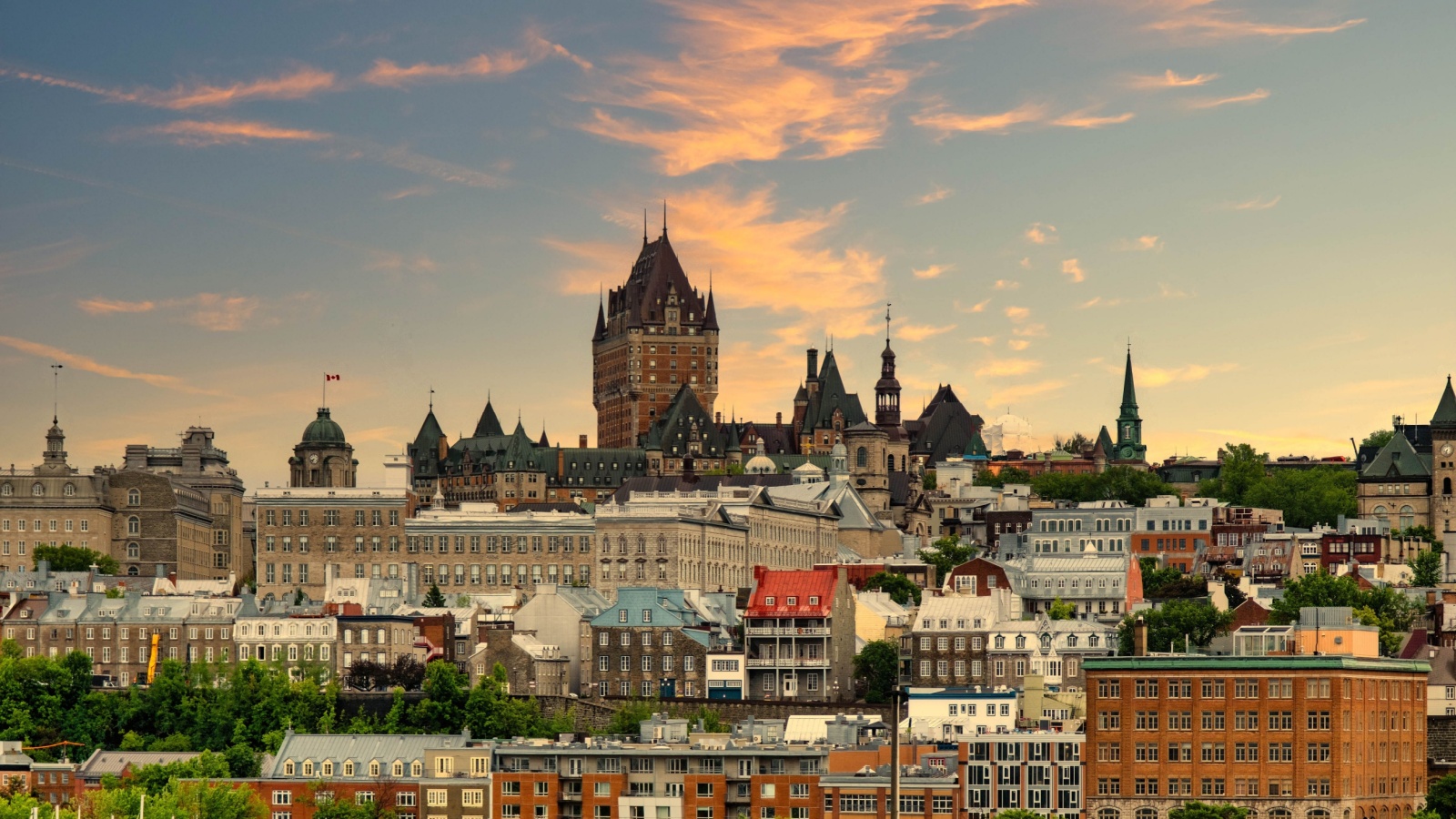
Québec City delivers one of the strongest European impressions in North America, thanks to its walled Old Town, stone architecture, and winding streets reminiscent of France. Visitors often compare it to smaller French cities with its boulangeries, historic plazas, and centuries-old fortifications. The iconic Château Frontenac towers like a storybook castle, enhancing the city’s old-world character. French language, cuisine, and cultural traditions strengthen the European atmosphere, making Québec City feel transported straight from the heart of Europe despite being firmly rooted in Canadian history.
St. Andrews-by-the-Sea, New Brunswick
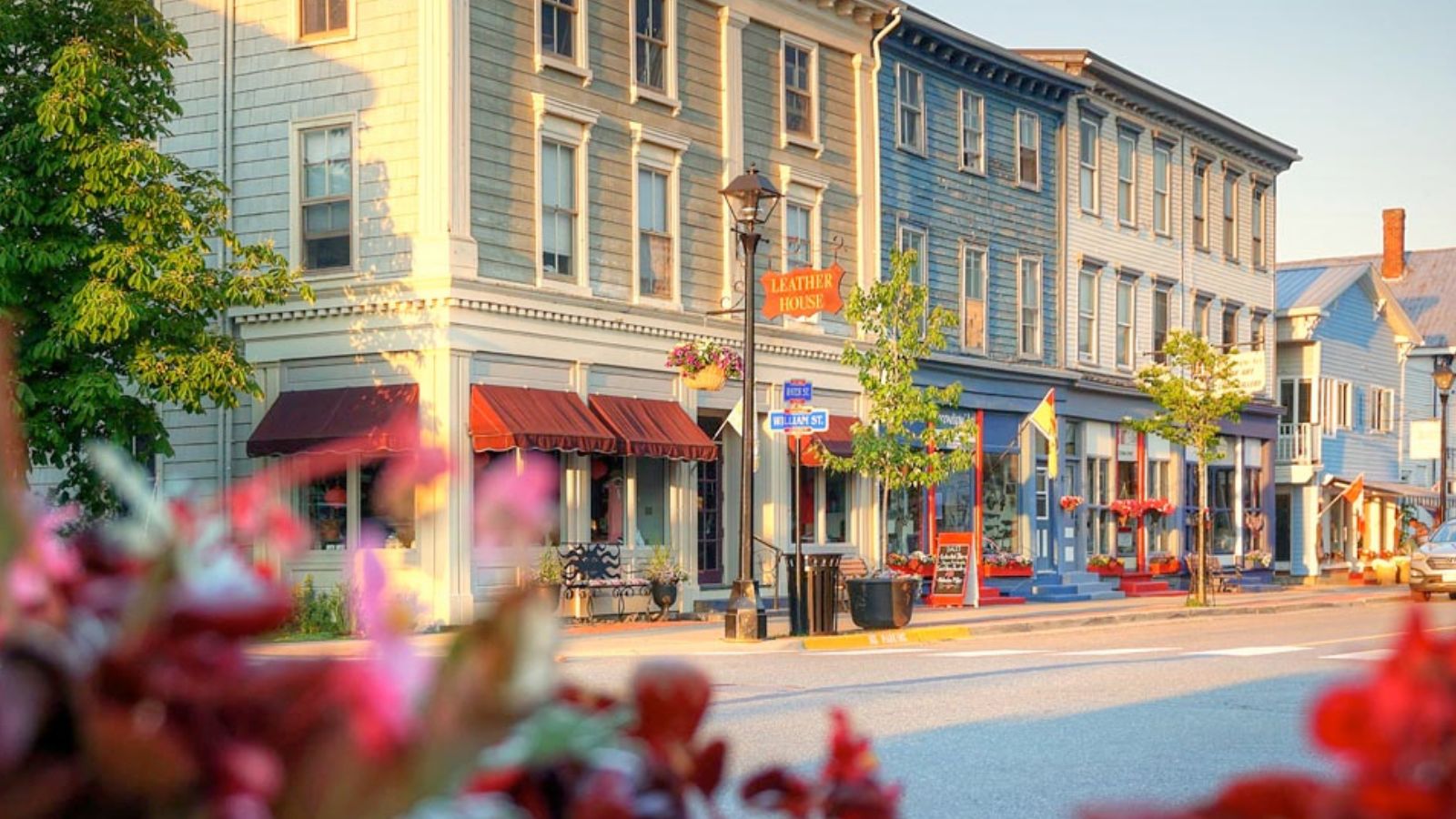
St. Andrews-by-the-Sea feels like a classic seaside town on the British coast, with heritage buildings, manicured gardens, and salt-air promenades. Its historic inns and waterfront cafés evoke the charm of European resort towns, offering a tranquil experience anchored in maritime tradition. With its tidy streets, preserved architecture, and gentle harbour views, the town feels reminiscent of places like Cornwall or the Channel Islands. Its walkable layout and emphasis on relaxation contribute to its reputation as one of Canada’s most European-feeling coastal destinations.
Victoria, British Columbia
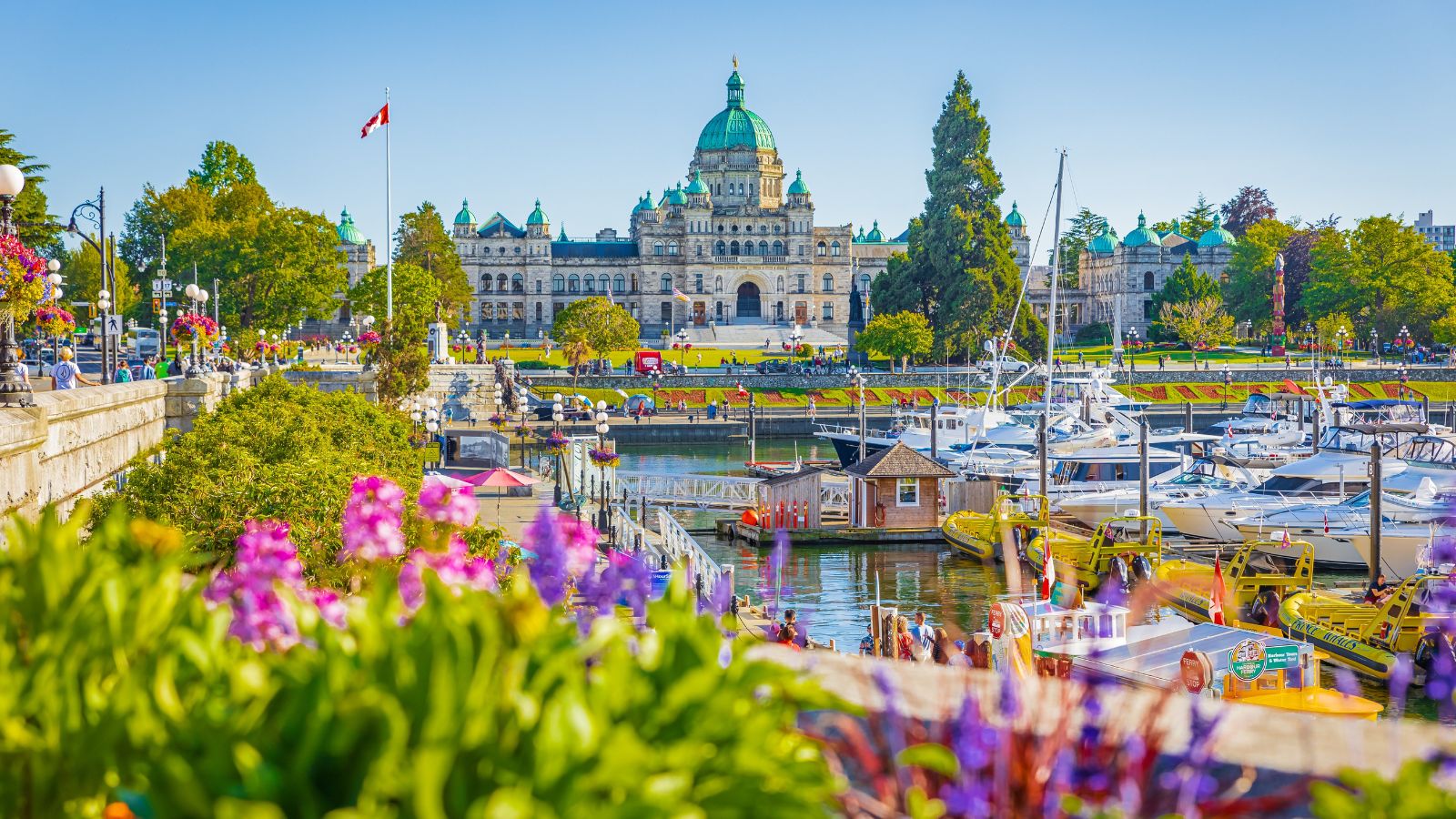
Victoria blends British heritage with coastal elegance, giving the city a refined, old-world ambience. The Parliament Buildings, tea rooms, horse-drawn carriages, and manicured gardens echo the feel of English towns. The historic architecture around the Inner Harbour reinforces this atmosphere, while neighbourhoods such as James Bay and Fairfield add a Victorian aesthetic rarely found elsewhere in Canada. Victoria’s long-standing cultural ties to Britain show up in everything from afternoon tea traditions to its stately landmarks, creating a distinctly European-inspired experience.
Montreal’s Old Port, Québec

Old Montreal feels like a slice of France, with its narrow cobblestone streets, grand stone facades, and cafes lining historic plazas. The preserved European-style architecture dates back centuries, giving the district an atmosphere similar to older French and Belgian cities. Notre-Dame Basilica anchors the neighbourhood with gothic grandeur, while boutique shops and galleries reinforce the district’s European influence. This concentration of heritage buildings, sophisticated dining, and pedestrian-friendly streets makes Old Montreal one of Canada’s most recognizably European districts.
Niagara-on-the-Lake, Ontario

Niagara-on-the-Lake resembles a charming English village, with flower-lined streets, stately heritage homes, and boutique shops housed in preserved brick buildings. The town’s emphasis on theatre, wine culture, and historic preservation adds to its refined, European feel. Its tree-shaded avenues and Victorian flourishes mirror the charm of countryside towns found across the UK. Strong cultural traditions—including classical theatre at the Shaw Festival—deepen its old-world character, making it a popular destination for travellers seeking a calm, beautifully maintained European-style environment.
Trinity, Newfoundland and Labrador

Trinity’s coastal scenery, preserved wooden architecture, and dramatic cliffs evoke the feeling of rural Ireland or northern Scotland. The town’s simple homes, church steeples, and rugged shoreline echo a European Atlantic fishing village. Its quiet streets and historic properties reinforce this impression, offering a rare example of a community where maritime heritage remains deeply visible. With its postcard-like scenery and centuries-old charm, Trinity gives visitors a distinct sense of stepping into a remote European coastal settlement shaped by history and nature.
Mahone Bay, Nova Scotia
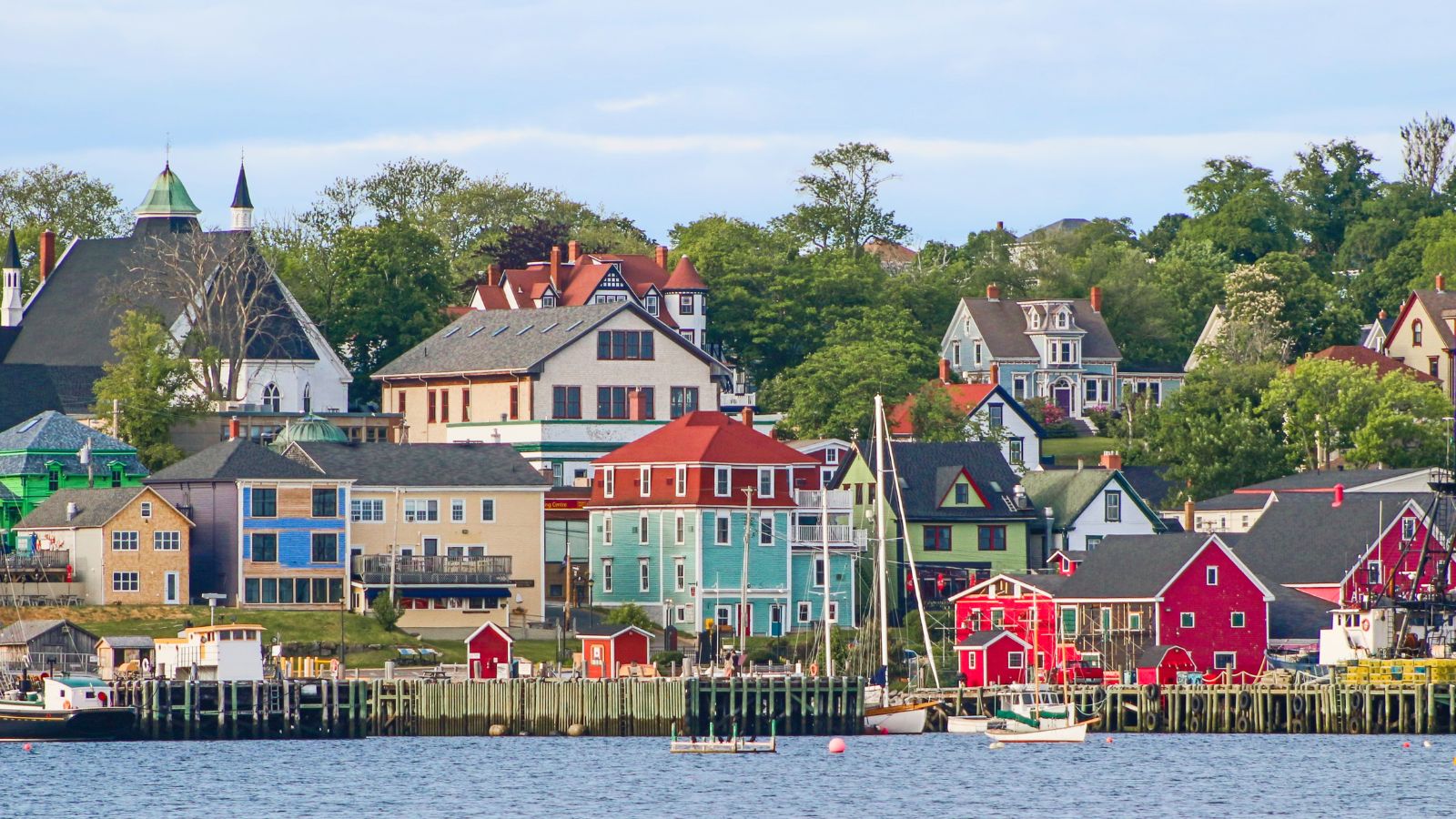
Mahone Bay feels like a Scandinavian coastal town with its brightly painted waterfront buildings, calm harbour, and community-focused atmosphere. The town’s iconic three churches create one of the most photographed scenes in Atlantic Canada, offering a distinctive architectural profile found in northern Europe. Its artisan shops, cafes, and low-key maritime culture reinforce the European feel, making it a popular stop for travellers seeking beauty, walkability, and small-town charm. Mahone Bay’s connection to wooden shipbuilding traditions also mirrors similar coastal communities in Norway and Denmark.
Whistler Village, British Columbia
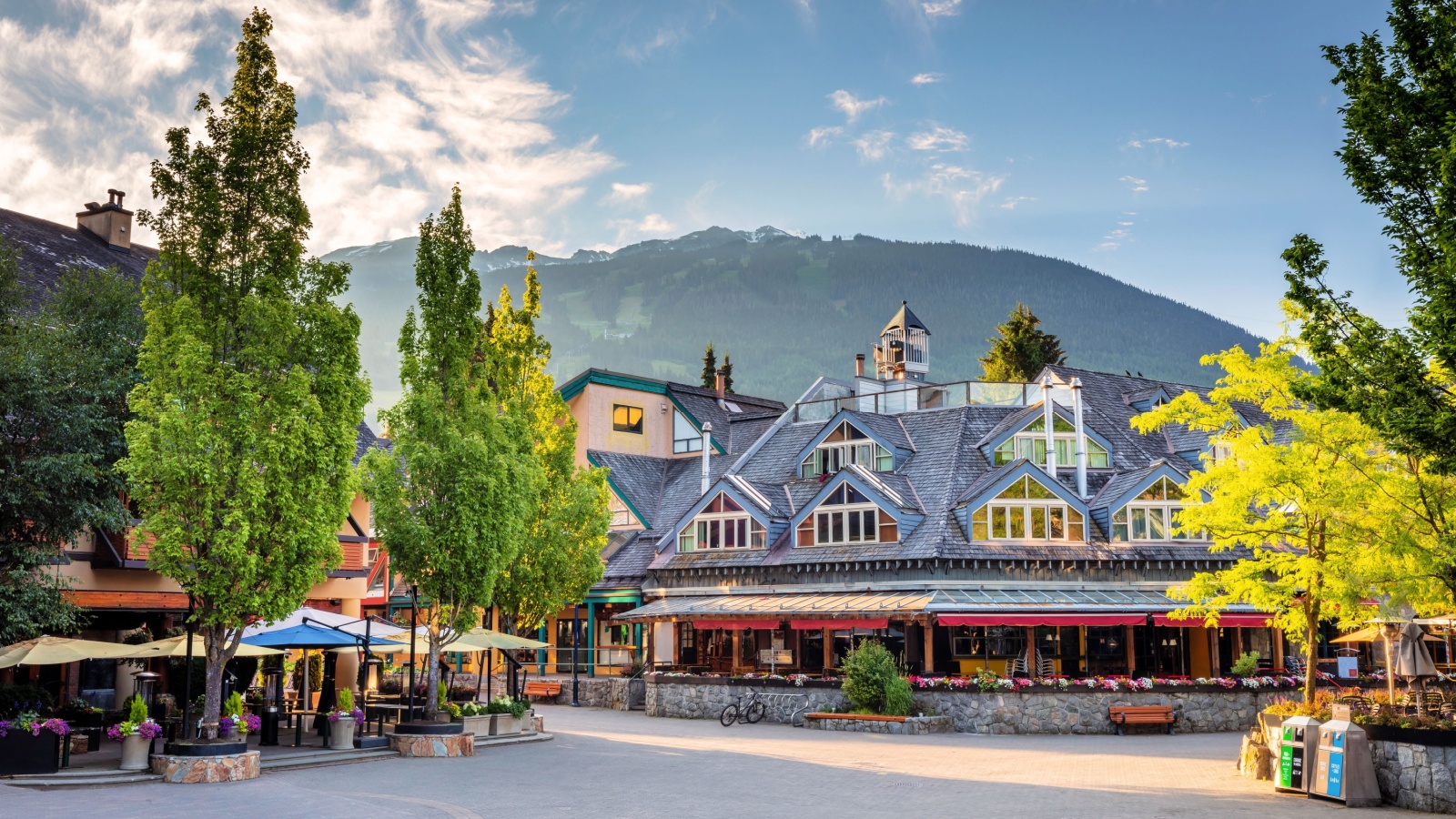
Whistler Village brings to mind alpine towns in Switzerland or Austria, with its chalet-style architecture, pedestrian-only streets, and mountain backdrop. The village was intentionally designed with European ski towns in mind, resulting in a layout centred on plazas, walkways, and communal gathering spaces. Its cafés, après-ski culture, and compact arrangement enhance the European impression. Visitors often compare Whistler to well-known alpine destinations because of its distinct mix of outdoor adventure, chalet charm, and village-style atmosphere nestled within the mountains.
Kimberley, British Columbia

Kimberley blends Bavarian-themed architecture with mountain scenery, giving it a uniquely European flavour. The town’s pedestrian zone, known as the Platzl, features timber-framed buildings, outdoor seating, and shops designed to resemble a small German alpine village. Events, craft bakeries, and the surrounding landscape reinforce the Bavarian influence. Kimberley’s intentional European-style design makes it one of the more recognizable themed towns in Canada, offering a distinctive cultural experience close to the Canadian Rockies without requiring long-distance travel.
Saint-Sauveur, Québec

Saint-Sauveur feels similar to small resort towns in France or Switzerland, thanks to its alpine character, walkable village centre, and vibrant dining scene. The town’s French-language atmosphere, elegant storefronts, and winter-sports culture all contribute to its European charm. Saint-Sauveur attracts visitors year-round with ski slopes, boutique shopping, and cosy cafés that resemble those found in European mountain villages. Its natural scenery paired with refined cultural touches creates a distinctly European-inspired experience within the Laurentians.
Baie-Saint-Paul, Québec
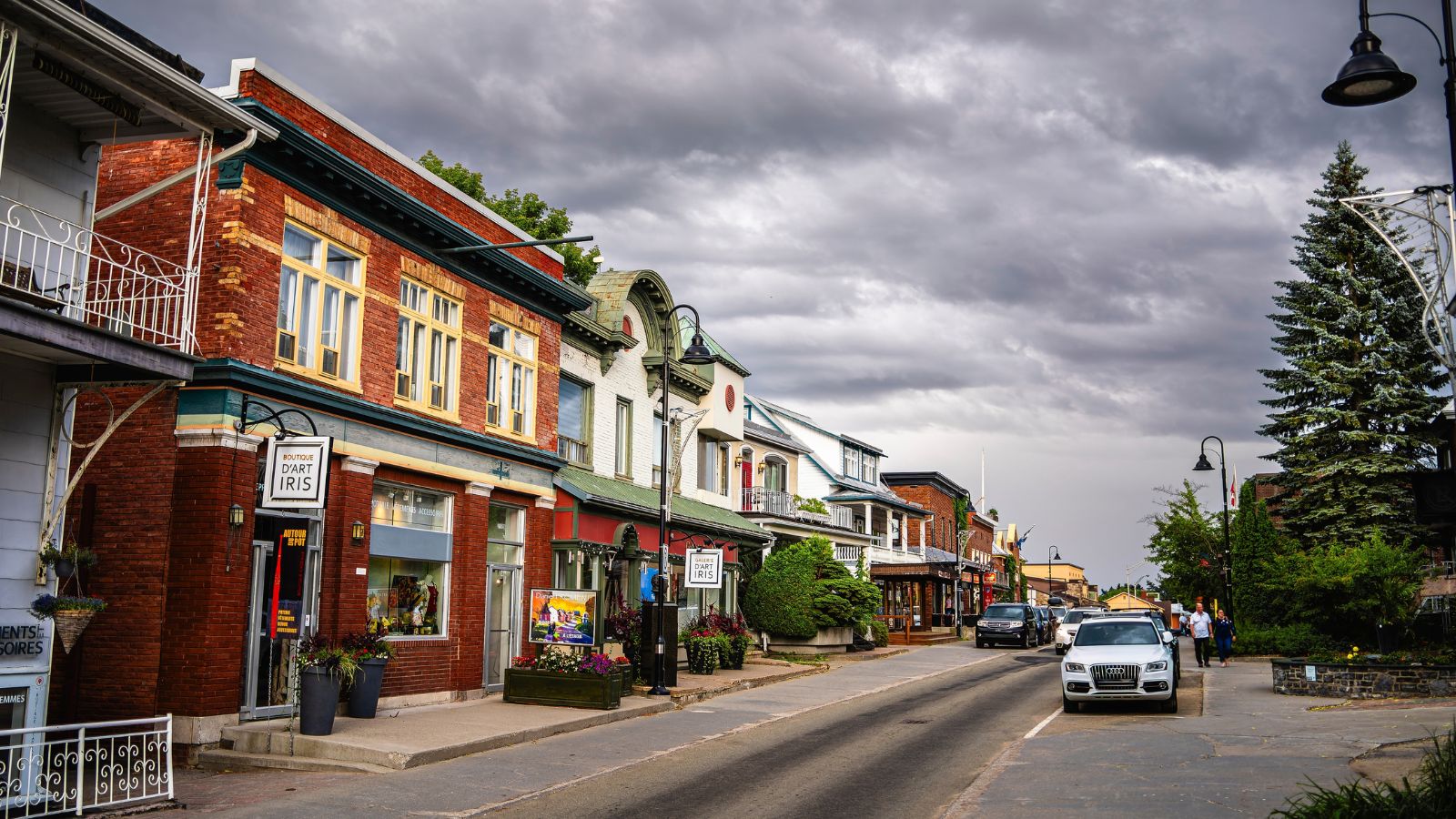
Baie-Saint-Paul exudes the feel of a French countryside town, with its art galleries, heritage buildings, and narrow streets nestled against rolling hills. The community has a long-standing artistic identity that mirrors small cultural centres in rural France. Cafés, local artisans, and farm-to-table restaurants reinforce the European atmosphere, creating a sense of calm sophistication. The surrounding Charlevoix landscape adds to its charm, resembling pastoral vistas found in regions such as Provence or Normandy. Baie-Saint-Paul’s unique blend of culture and scenery makes it feel unmistakably European.
Canmore, Alberta
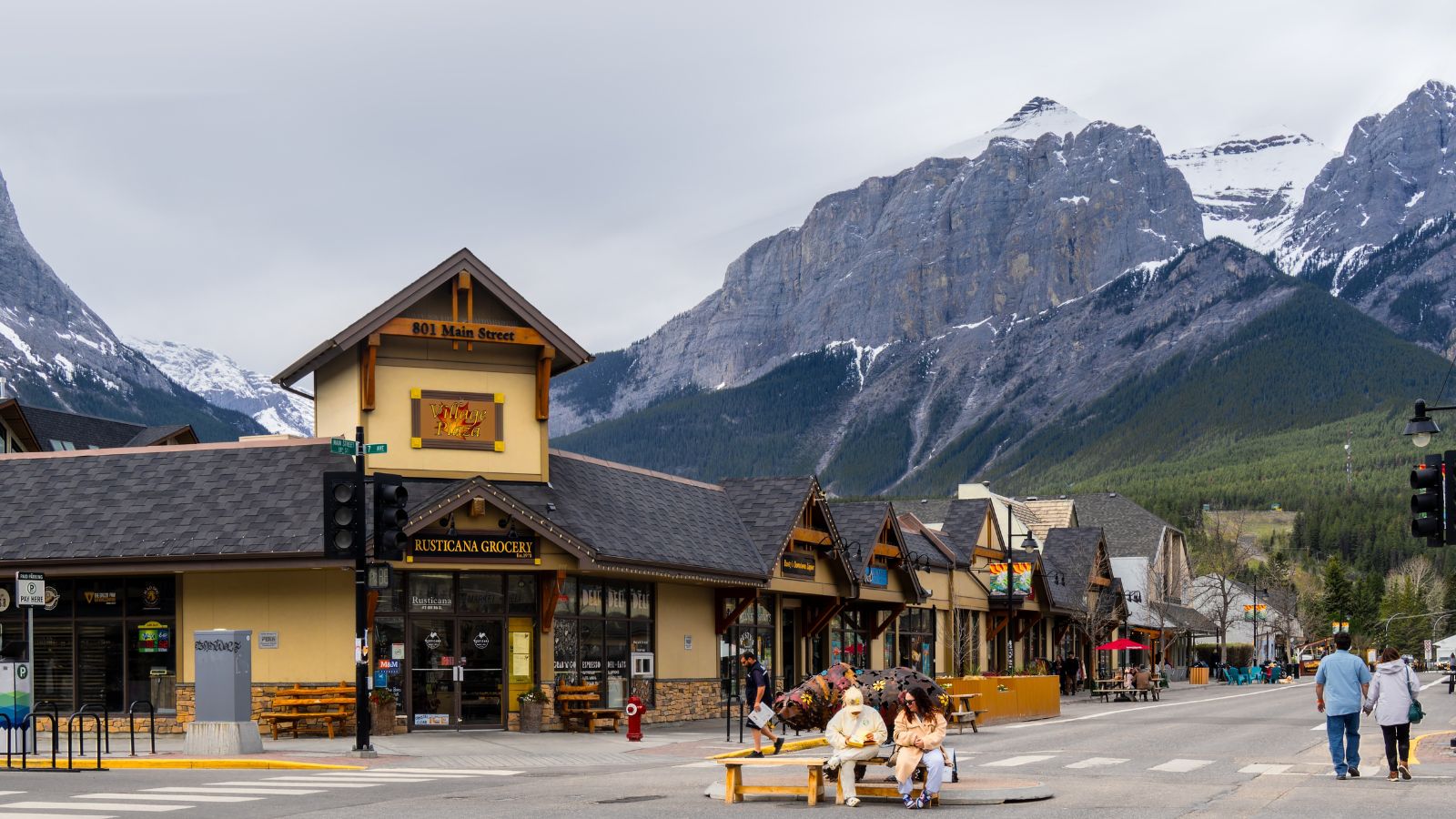
Canmore carries a distinctly alpine atmosphere that often reminds visitors of small towns in the Austrian or Swiss mountains. Its blend of timber architecture, pedestrian-friendly streets, and dramatic peaks creates a setting similar to European alpine villages. The town’s cafés, craft bakeries, and relaxed outdoor culture reinforce that impression, offering a balance of scenery and walkability. Canmore’s compact downtown and proximity to trails contribute to a calm, picturesque environment that feels both refined and natural. Many travellers describe the experience as strikingly similar to Europe’s mountain regions, but with the accessibility and familiar comfort of a Canadian community.
Lunenburg, Nova Scotia
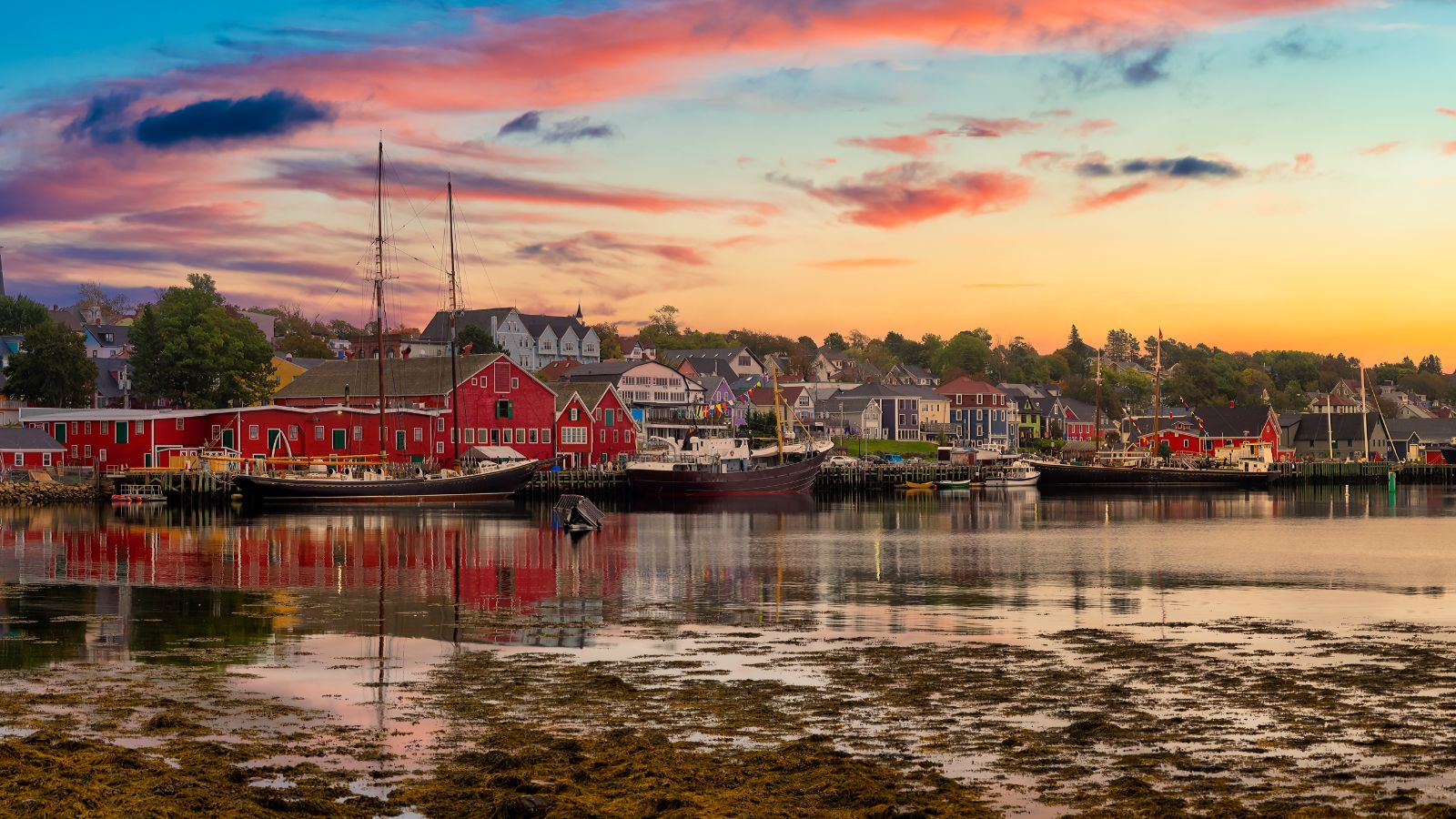
Lunenburg’s colourful waterfront, steep streets, and harbour views evoke the look of Northern European coastal towns. Its bright wooden buildings and shipbuilding heritage mirror communities in Scandinavia and Germany. As one of Canada’s UNESCO World Heritage Sites, Lunenburg has preserved its historic grid layout and strong maritime identity, making it feel like a step into a European fishing port. The combination of architectural integrity, nautical culture, and vibrant local businesses reinforces this impression. Visitors often compare its charm to coastal towns across the Atlantic, thanks to its distinctive style and well-preserved character.
St. John’s, Newfoundland and Labrador

St. John’s offers a uniquely European feel through its colourful row houses, steep hills, and dramatic harbour setting. The city’s blend of Irish and English influences appears in its culture, music, pubs, and neighbourhood layouts. Its compact downtown, winding streets, and historic stone buildings create an impression similar to older European port cities. The rugged coastline and maritime traditions strengthen this connection, making St. John’s feel like a blend of Dublin, Bristol, and coastal Scotland. Its cultural depth and distinct architecture create a European-style atmosphere rooted firmly in Newfoundland heritage.
Stratford, Ontario
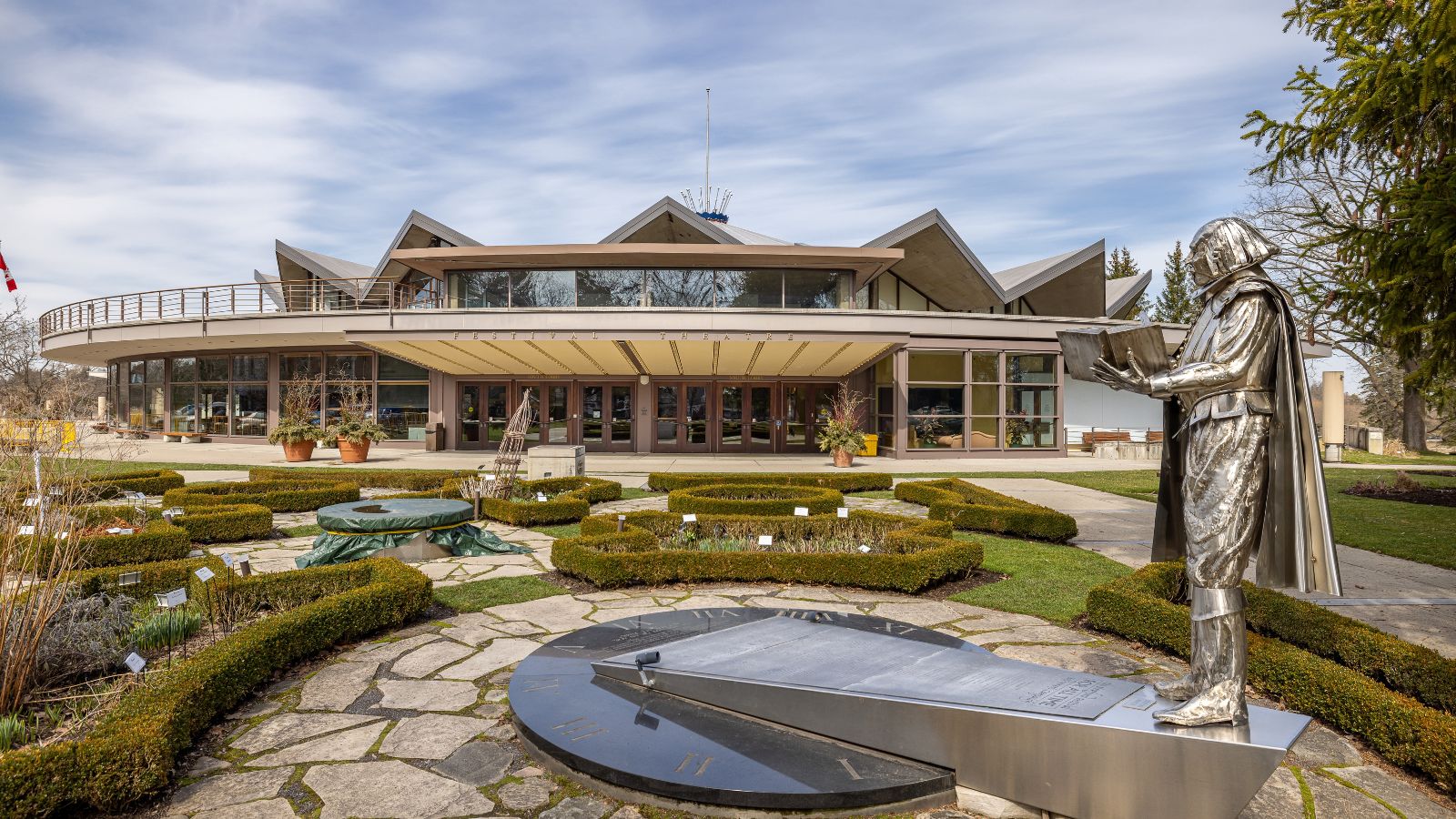
Stratford channels the ambiance of an English market town through its theatres, gardens, and heritage streetscapes. The city’s strong focus on the performing arts—especially the Stratford Festival—adds a cultural character that feels similar to towns in the UK known for classical theatre. Historic brick buildings, riverside pathways, and charming bridges contribute to its old-world atmosphere. Visitors often note how its manicured public spaces and refined cultural identity mirror European traditions. Stratford’s emphasis on arts, architecture, and relaxed walkability creates an experience that feels distinctly European-inspired within a Canadian setting.
Sainte-Anne-de-Beaupré, Québec
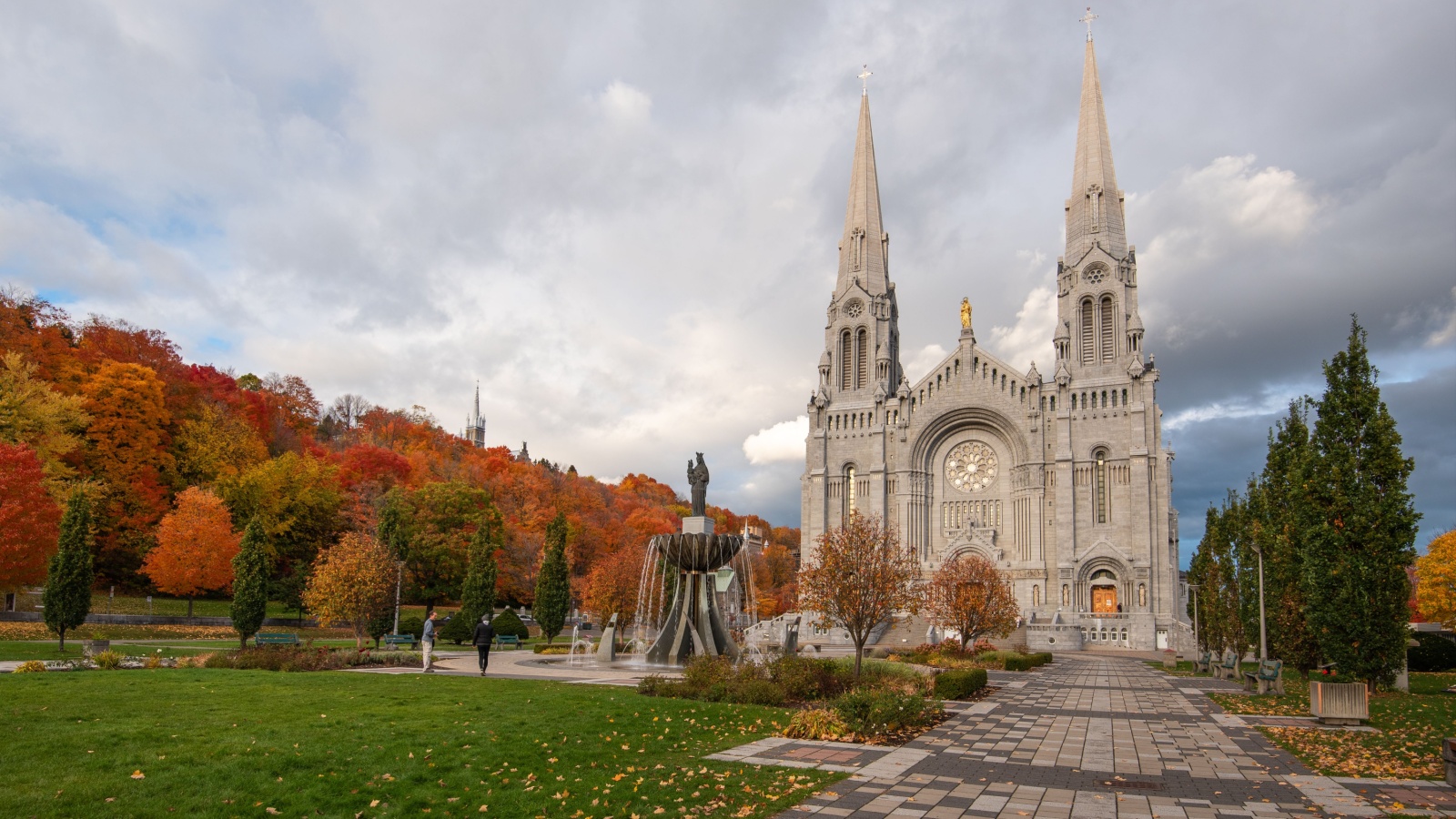
Sainte-Anne-de-Beaupré evokes European religious towns through its grand basilica, stone buildings, and riverside backdrop. The Basilica of Sainte-Anne-de-Beaupré resembles the architectural style of historic churches found in France and parts of Belgium, drawing visitors who appreciate old-world craftsmanship. The surrounding town maintains a calm, pilgrimage-like atmosphere, with small cafés, souvenir shops, and pedestrian areas that mirror European spiritual destinations. Its preserved architecture and strong cultural traditions enhance the impression of a European religious centre located close to Québec City.
Rothesay, New Brunswick
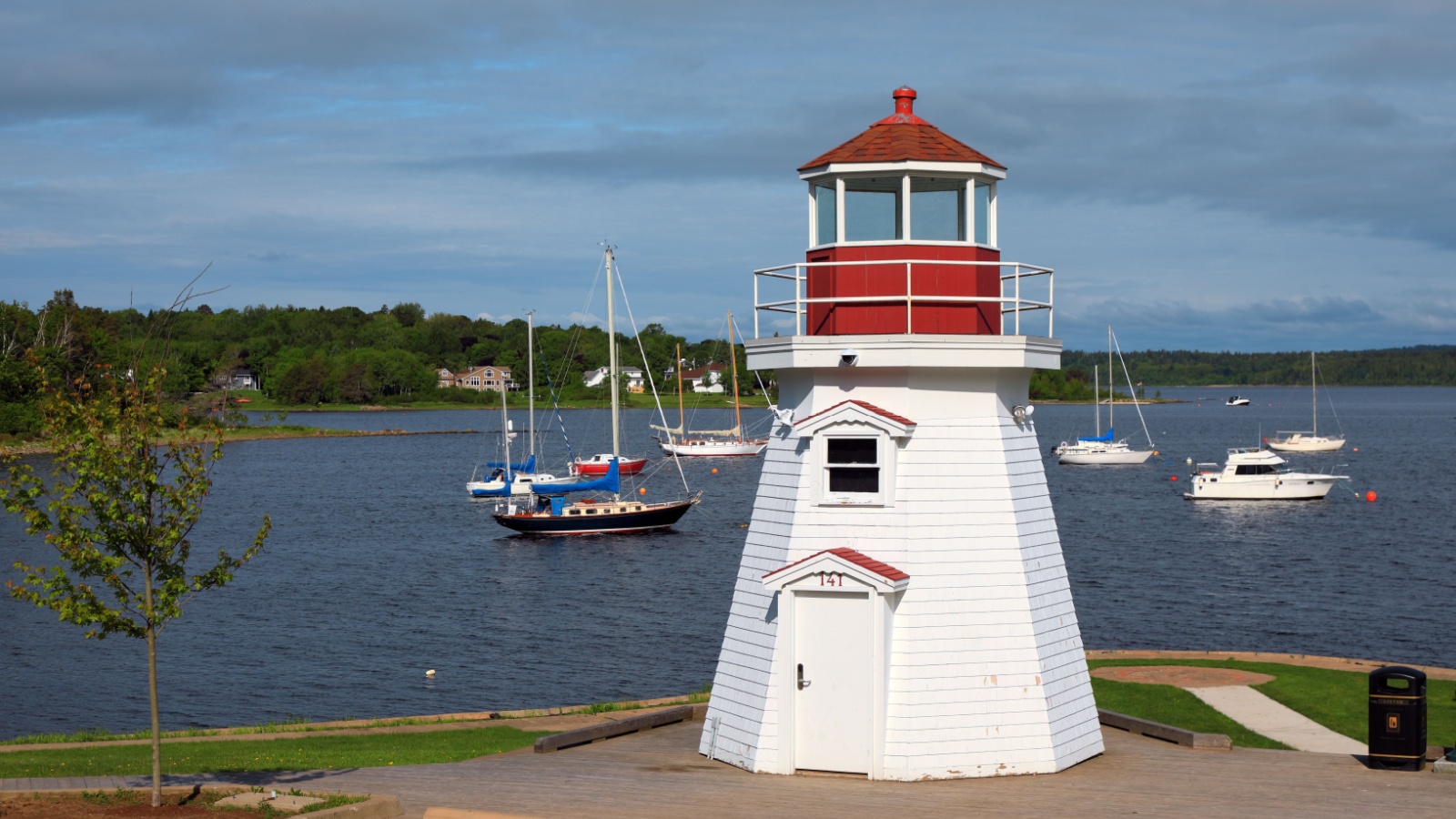
Rothesay’s tree-lined streets, heritage homes, and elegant neighbourhoods bring to mind British countryside towns. Its preserved Victorian and Edwardian architecture reflect the influence of early settlers and summer residents who shaped the town’s character. Scenic views of the Kennebecasis River add a tranquil, old-world charm. Rothesay’s quiet residential environment, historic estates, and well-maintained public spaces give it an atmosphere similar to refined European suburbs. This combination of natural beauty and architectural heritage makes Rothesay stand out as a town with a distinctly European feel.
Gaspé, Québec

Gaspé blends dramatic coastal landscapes with French cultural heritage, creating an experience reminiscent of Brittany or coastal Normandy. Its cliffs, winding roads, and seaside viewpoints evoke the rugged charm of Western Europe. French language, local markets, and traditional cuisine deepen the European impression. The region’s fishing heritage and historic sites add layers of character that align closely with small European maritime communities. Visitors often describe Gaspé as a mix of natural beauty and cultural depth that feels both European-inspired and uniquely Québecois.
Jordan Village, Ontario
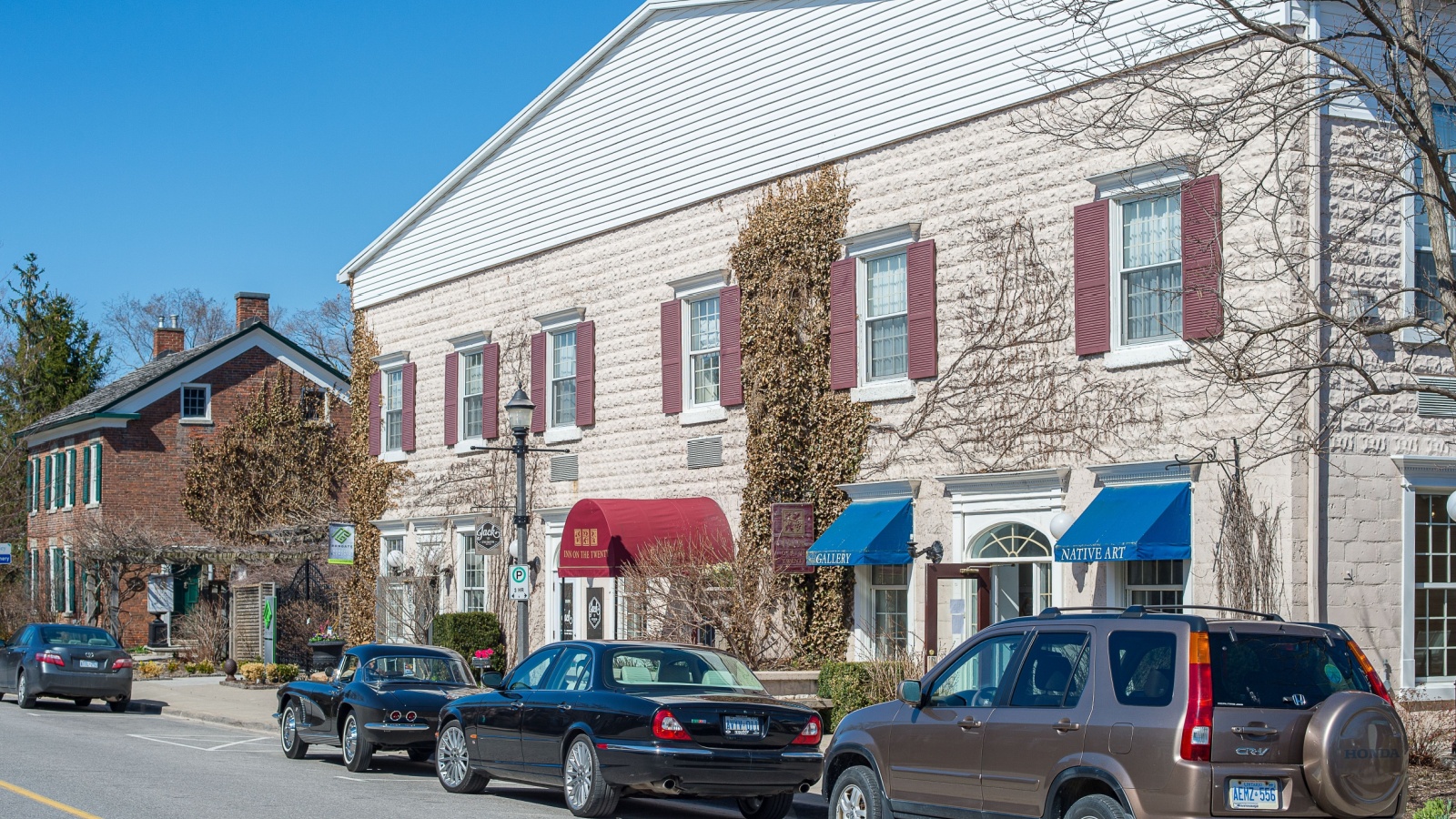
Jordan Village offers a refined, European-style experience through its boutique shops, vineyards, and heritage streetscapes. The town’s proximity to wine country reinforces similarities to small villages in France or Italy known for local tasting rooms and agricultural culture. Cobblestone-style walkways, historic inns, and artisanal stores contribute to its old-world charm. Jordan Village emphasizes slow-paced exploration, adding to its European-like appeal. The combination of wine tourism, preserved architecture, and elegant landscaping creates an atmosphere that feels distinctly continental within the Niagara region.
Halifax’s Hydrostone District, Nova Scotia
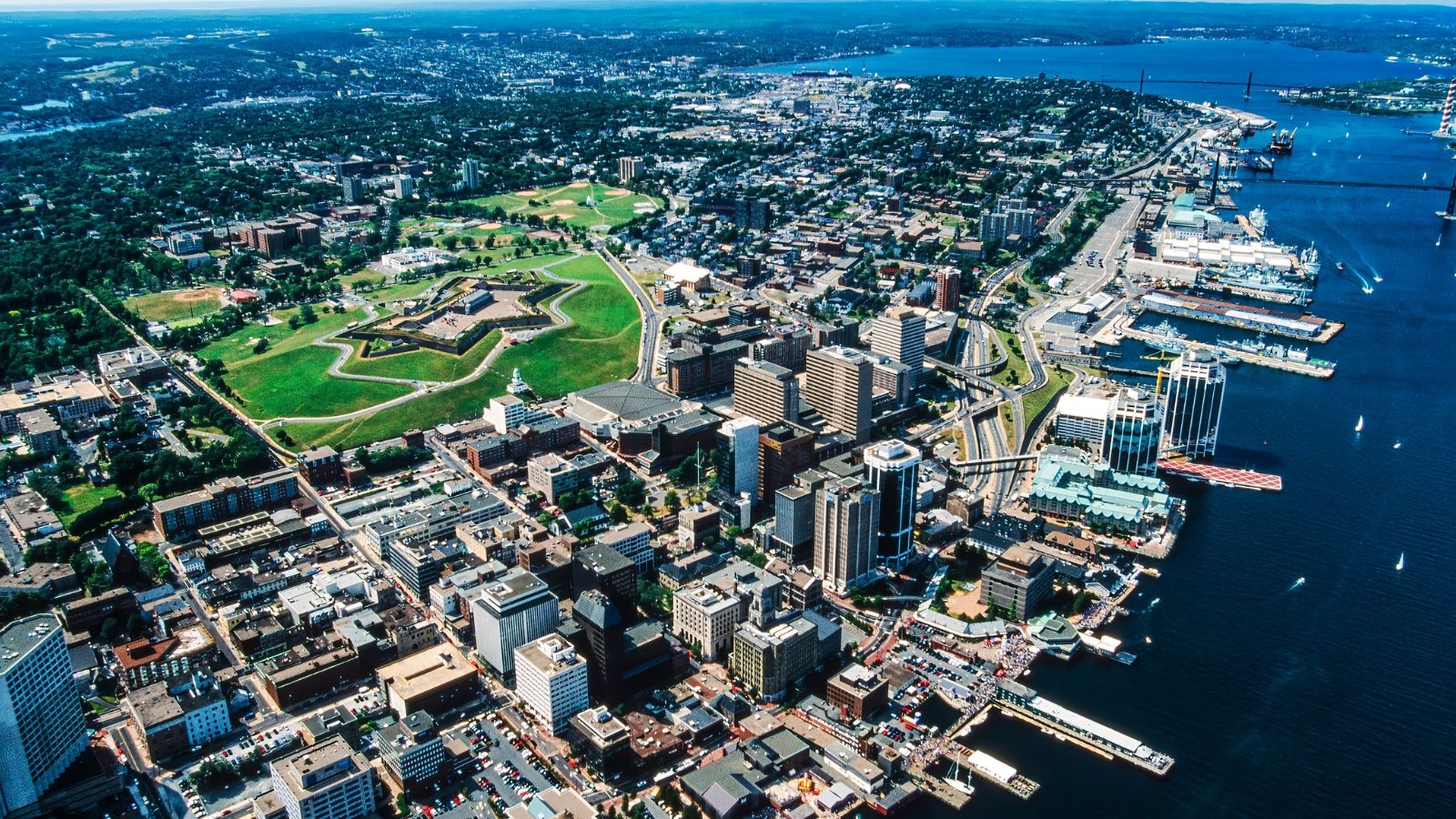
The Hydrostone District resembles British garden-city neighbourhoods with its row houses, uniform designs, and carefully planned streets. Rebuilt after the Halifax Explosion using garden-city principles, the district features stone exteriors, pedestrian-friendly blocks, and tree-lined boulevards. Its layout mirrors early 20th-century urban planning trends that emerged in Europe. Local cafés, markets, and small shops enhance the walkable, community-focused feel. Many visitors compare the district to neighbourhoods in the UK due to its unique architectural cohesion and strong sense of place.
Churchill, Manitoba

Churchill feels similar to remote Nordic towns due to its subarctic landscape, wildlife-driven culture, and compact structure. Its understated architecture, tundra horizon, and close connection to nature evoke comparisons to communities in Iceland, Greenland, or northern Norway. Visitors often note the minimalist charm, quiet streets, and rugged beauty that define Churchill. The presence of polar bears and northern lights enhances the Nordic impression, creating a setting that feels distinctly Northern European while remaining uniquely Canadian in cultural identity and local tradition.
Old Quebec’s Lower Town (Place Royale), Québec

Lower Town in Old Quebec delivers one of the closest European experiences in Canada through its narrow streets, stone buildings, and restored historic square. Place Royale reflects French colonial architecture resembling small towns in Normandy or Brittany. Boutiques, cafes, and artisan shops line the cobblestone pathways, creating an unmistakably European ambiance. The area’s preserved structures date back centuries, strengthening its old-world feel. With its compact layout and authentic architectural details, Lower Town stands out as one of Canada’s most convincing European-style environments.
21 Products Canadians Should Stockpile Before Tariffs Hit

If trade tensions escalate between Canada and the U.S., everyday essentials can suddenly disappear or skyrocket in price. Products like pantry basics and tech must-haves that depend on are deeply tied to cross-border supply chains and are likely to face various kinds of disruptions
21 Products Canadians Should Stockpile Before Tariffs Hit
